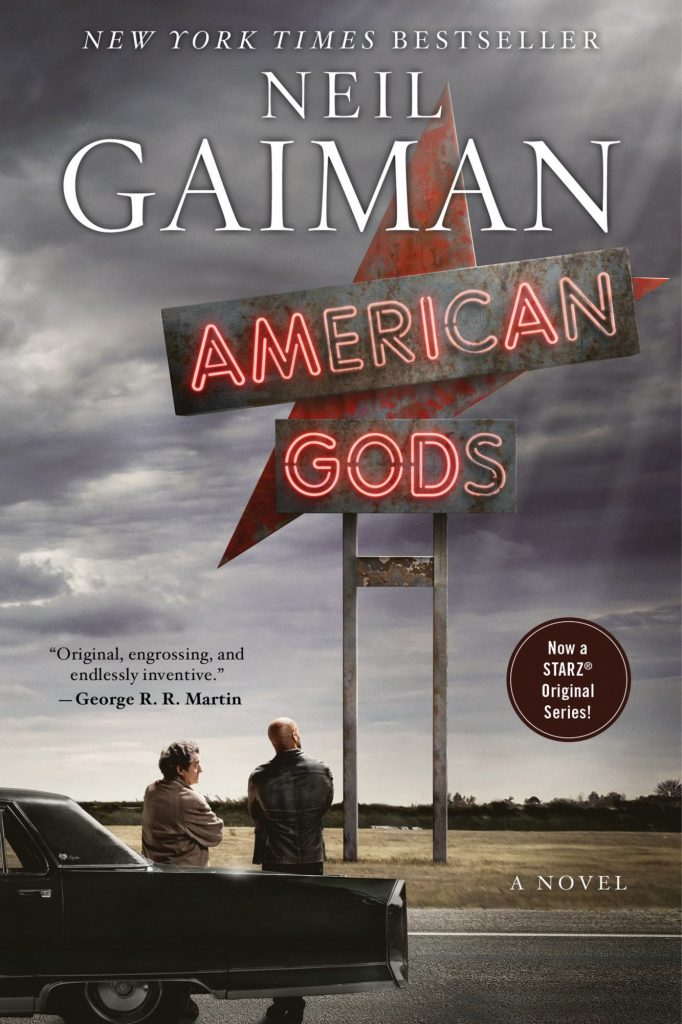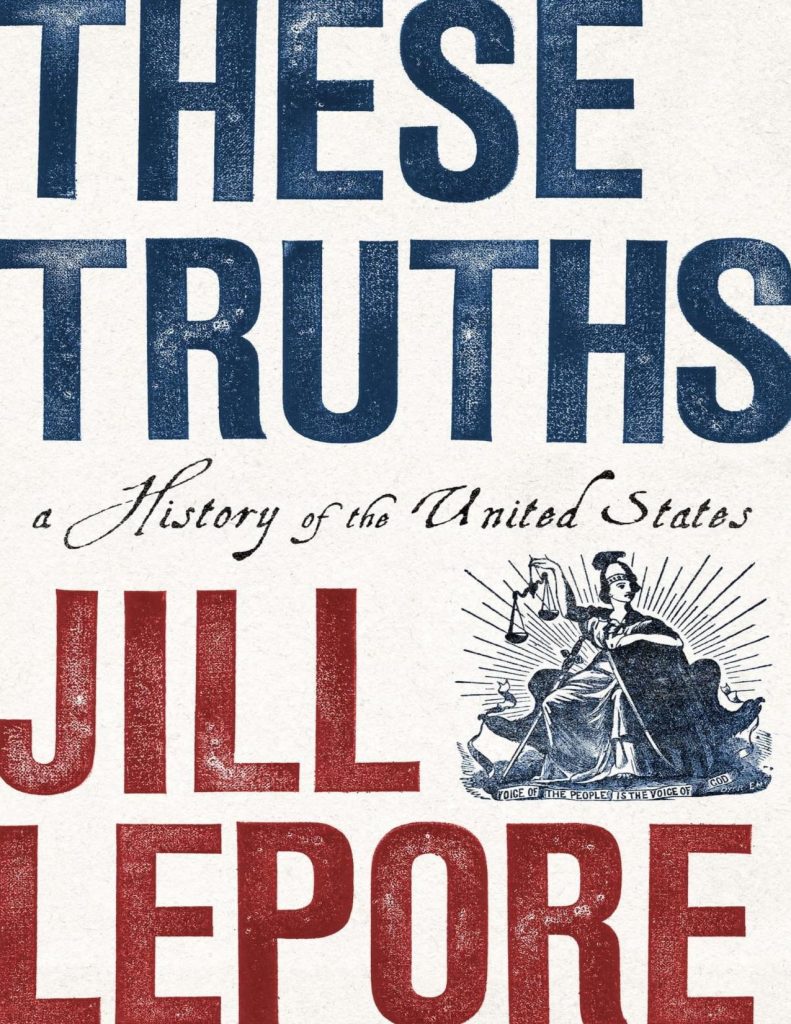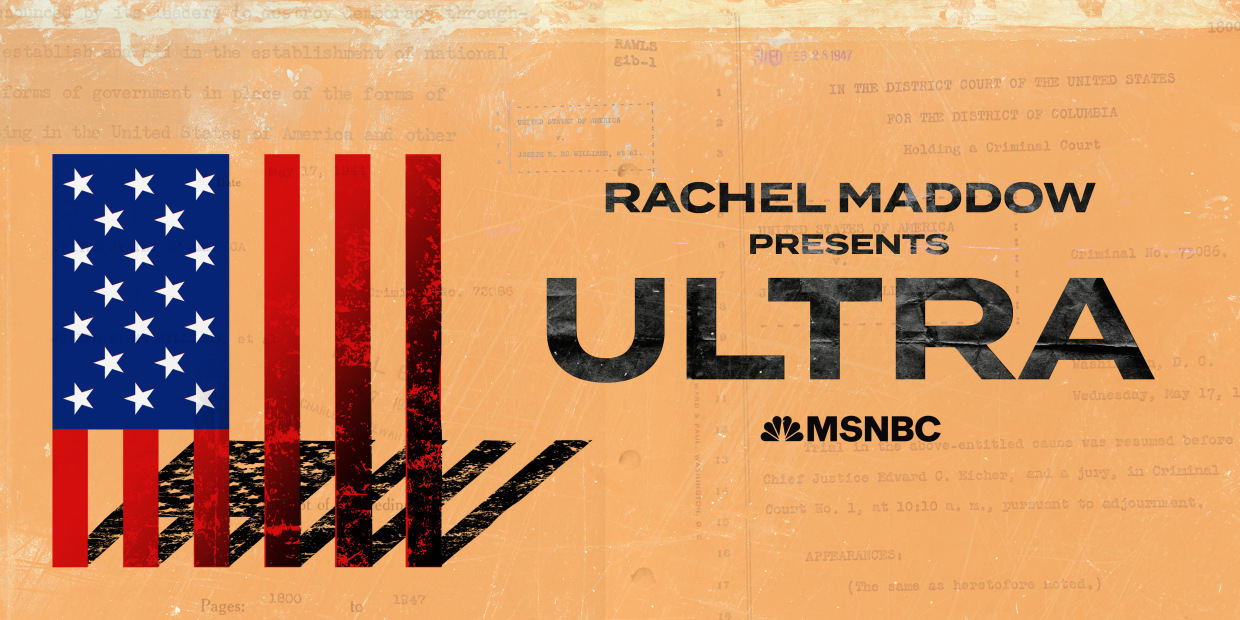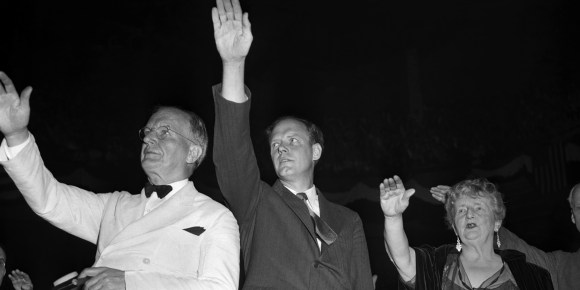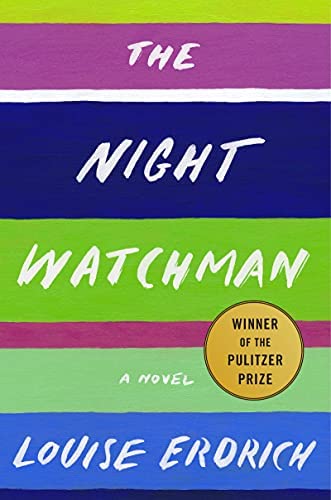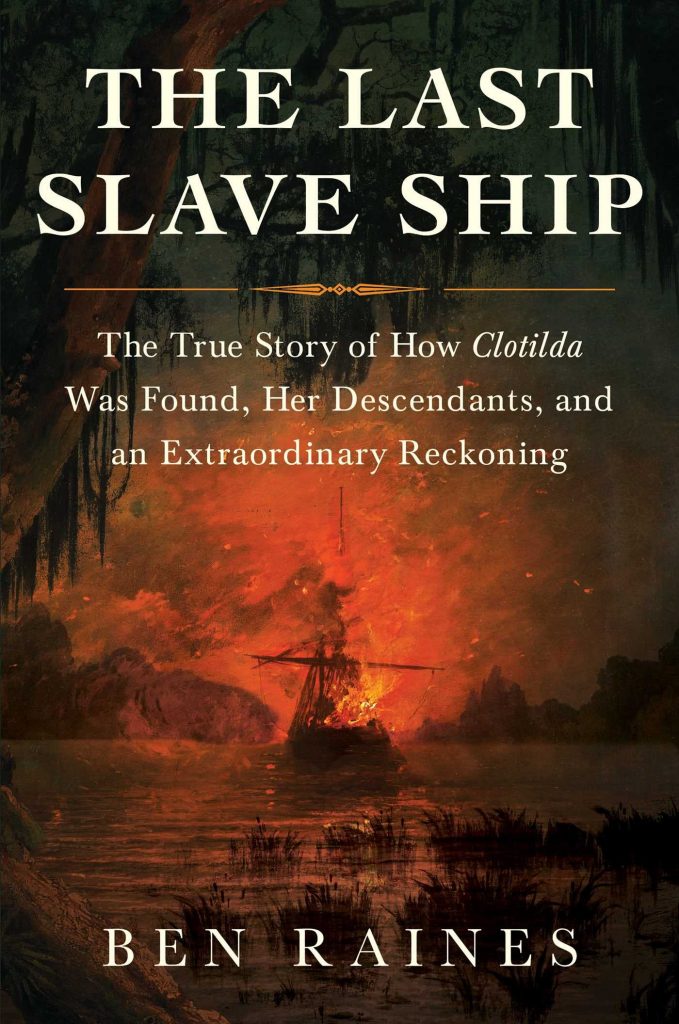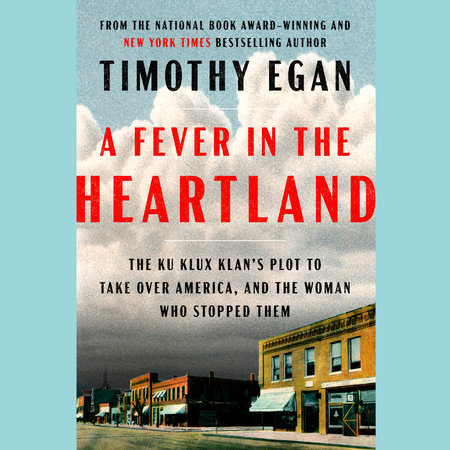
Following more than 100,000 American casualties in WWI and the death of 450,000 Americans from viral influenza in 1918, most Americans roared into the 1920s with abandon. They drank, they danced to America’s indigenous musical invention – Black jazz, they smooched in the back seats of cars and in public. The backlash from Christian Nationalists was swift, brutal, and shockingly widespread across the heartland.
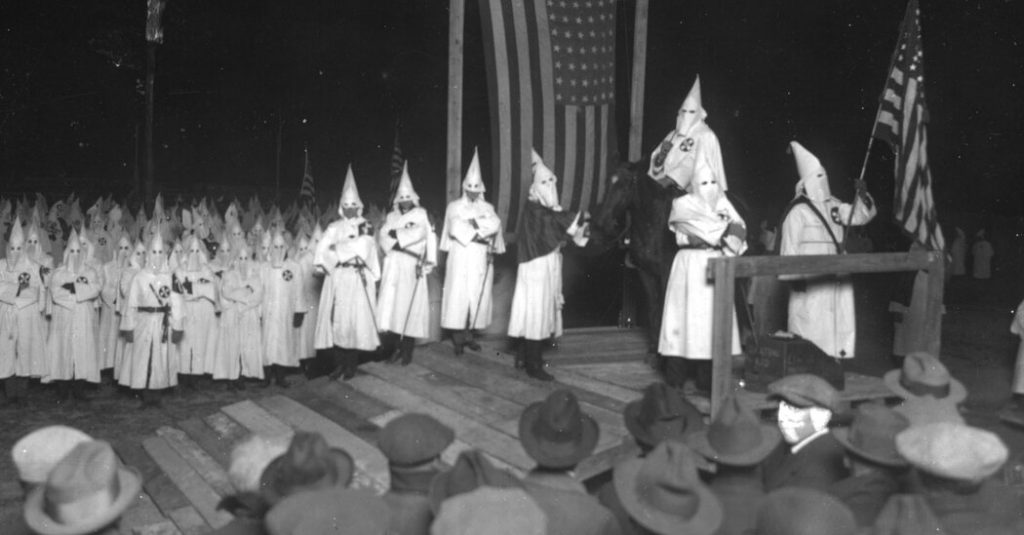
By the early 20s, Indiana alone boasted more than 400,000 Klansmen, Klanswomen, and KlansKiddies. Colorado, Texas, Pennsylvania added hundreds of thousands more. The Klan grew in status and popularity under the spell of D.C. Stephenson: a fabulist with no allegiance to truth, an abuser of women, an orator who reflected the fears and desires of white Americans concerned for the purity of “their” nation, a money-hungry businessman anxious to make the next deal, a strong desire to become America’s dictator, a virulent anti-woke activist who said clearly and repeatedly that America was threatened by Jews, Catholics, foreigners, and especially Blacks, and a politician who dominated and controlled other politicians. Ultimately, Stephenson said aloud, and believed completely, that he was above the law.
Timothy Egan never mentions any contemporary politicians with similar proclivities, but makes clear that Stephenson was as much a man of his time and place as he was a leader of it. In response to Reconstruction, the Klan and Jim Crow were born. In the 1920s, the Klan rose again. In the 1940s, as Ultra makes clear, American Nazis were more prevalent in society and in Congress than most of us realize. For those who care about the rights of racial, ethnic, sexual minorities, and others deemed unacceptable, Timothy Egan’s well-told history is a reminder that vigilance remains a necessity in America.
